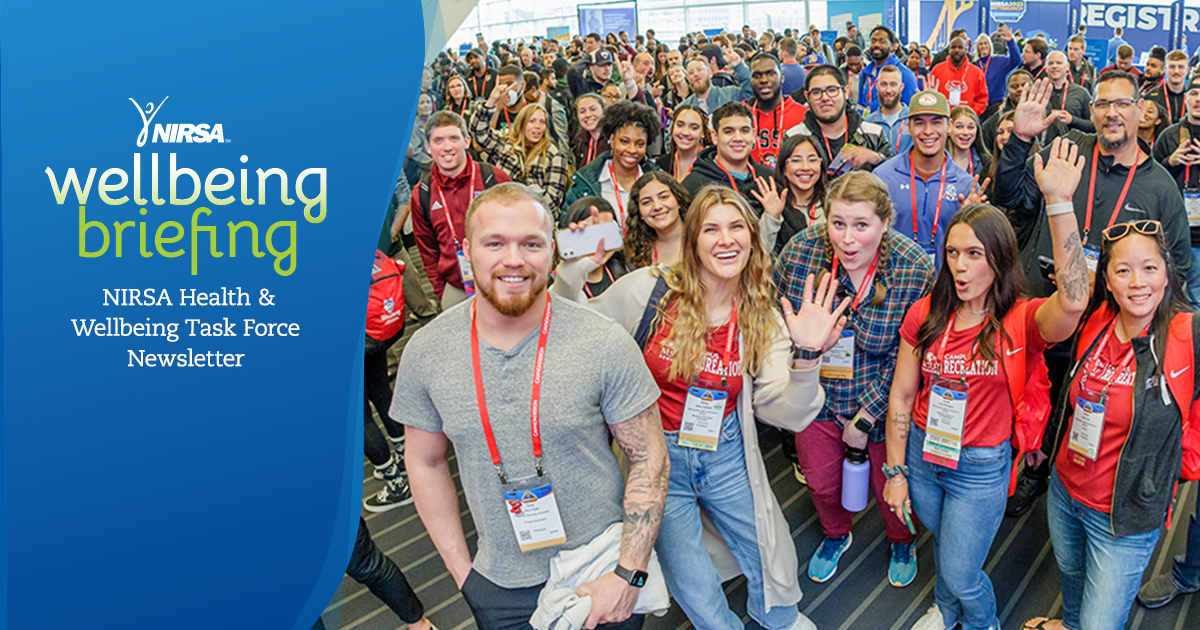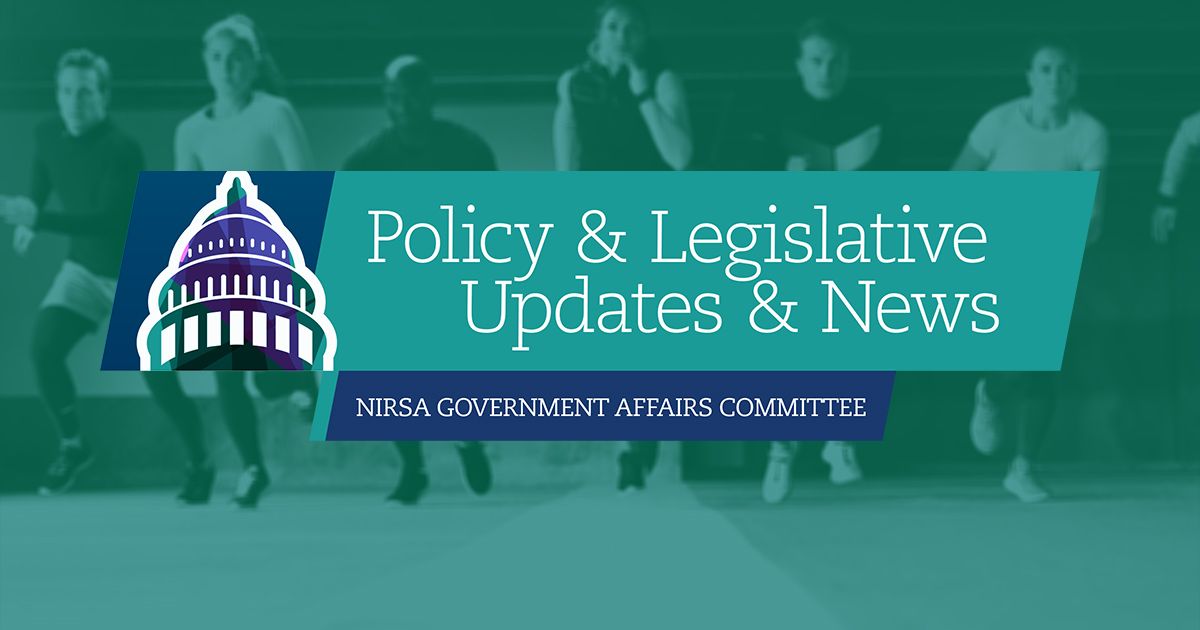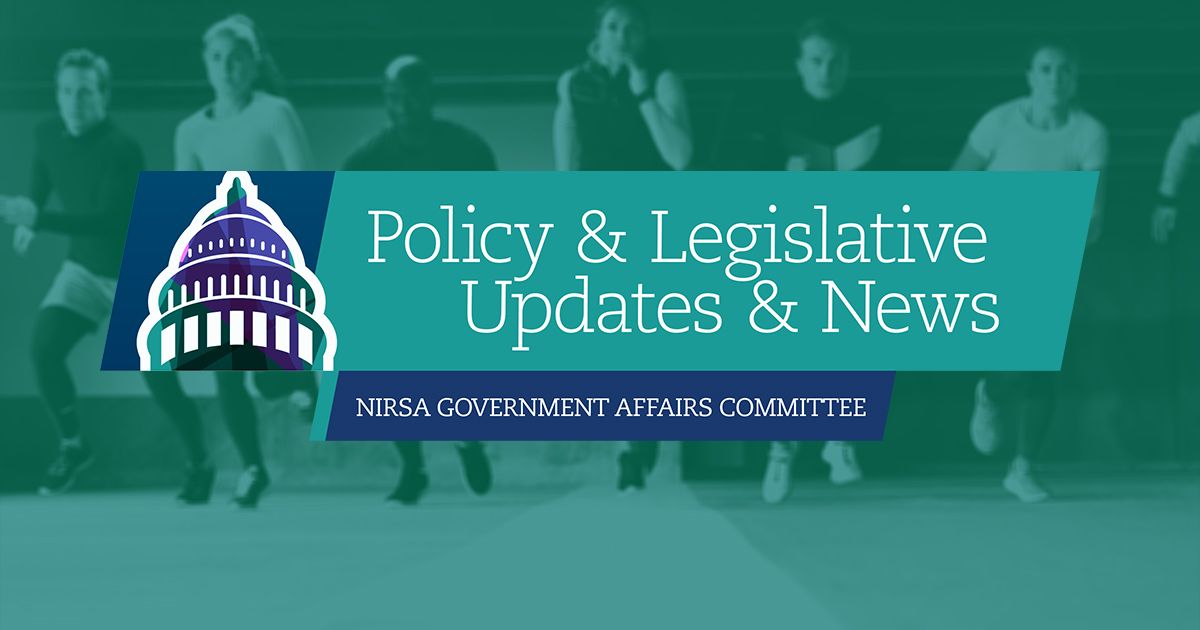The 10th edition of the Knocking at the College Door report, released by the Western Interstate Commission for Higher Education (WICHE) in December, examines projections of high school graduates through the Class of 2037. The data includes projections for the US and then breaks predictions down by regions and by states (including DC) for public and private high school graduates. Additionally, the projections of public high school graduates are broken down by race/ethnicity.
NIRSA utilized the 9th edition of the report, released December 2016, to inform members of changes expected to come to the pipeline of traditional-aged 18- to 24-year old college students. From sessions at the Annual Conference, to background information for strategic planning, to informing the work of the NIRSA Assembly, this data has been very helpful to the Association and its members.
The new projections show more students graduating from high school than had been previously expected; however, that isn’t expected to ultimately change the outlook for higher education. The national peak of high school graduates is still expected to come in 2025/2026. Previously that peak was expected to reach 3.56 million students; it is now estimated to reach 3.93 million. Due to decreased birth rates during the Great Recession, though, graduation totals are still projected to decline after that point. The latest report estimates there to be 3.52 million high school grates in 2037.
Regionally, the previous trends also are expected to hold with high school graduates in the South and West greatly outpacing the Midwest and East. Nearly all states will still see a decline in graduating classes as 2025, and most will see number fall below their 2019 numbers. (Florida is the exception in both cases, with Texas joining it in the latter category.)
The latest report also continues to note that the student body is diversifying. It notes white students were 51% of the high school graduating class in 2019; they are expected to be 43% of the graduating class in 2036. Other racial groups, particularly Hispanic and mixed-race students, will be making up growing proportions of graduating classes. Higher education will need to focus not just on recruiting diverse students but ensuring those students are set up to thrive and succeed once enrolled.
Higher education, which has been thrown into an adaptation mindset by the current pandemic, will need to adopt that for the long term, especially as some are predicting the decline in birth rates might extend beyond the scope of the WICHE data projections. Some research organizations, like the Brookings Institution, are predicting a “COVID baby bust.”
- For more information, contact NIRSA Director of Advocacy & Strategic Partnerships Erin O’Sullivan.
Erin O'Sullivan is currently the Director of Advocacy & Strategic Partnerships at NIRSA.







This report continues to provide invaluable information that can inform many decisions throughout higher education and connected fields. Thank you for including the “COVID Baby Bust” article!